Published in the Sunday Navbharat Times on 23 March 2025
I had just returned from Galicia, Spain, and as soon as I walked through the door, I noticed my daughter Sara eyeing my bags, eager to see if I had brought back any gifts. Since all of us in the family travel often for work, we have an unspoken rule not to stress about bringing souvenirs. But if I come across something truly special—whether it’s a local sweet, handmade jewellery, or a unique home décor piece—I love picking it up. This time, just for fun, I had brought her a green T-shirt printed with small Padrón peppers and the Galician phrase: "Pementos de Padrón, uns pican e outros non.” (Padron peppers: Some are hot and some are not) It was simple, yet it perfectly captured one of my favourite experiences from the trip.
Padrón peppers, a famous Galician dish, are fried and sprinkled with sea salt. Most are mild, but every once in a while, you get one that’s surprisingly spicy—making eating them a fun and unpredictable experience! And even though Galicia has an incredible food scene with delicacies like Pulpo a la Gallega (octopus with paprika), Empanada Gallega (savoury pies), scallops, croquettes, and Tarta de Santiago (almond cake), I found myself going back for Padrón peppers over and over again. Of course, I did bring back the almond cake for everyone, because sharing the flavours of Galicia felt like bringing back a piece of its soul.
Spain is a country of endless variety, offering something for every traveller. Madrid, the vibrant capital, is a paradise for art lovers and food enthusiasts, home to the Prado Museum and world-class tapas bars. Barcelona dazzles with Gaudí’s modernist architecture, the lively Las Ramblas, and its golden beaches. In Andalusia, the Moorish splendour of Granada’s Alhambra, the flamenco rhythms of Seville, and the whitewashed villages of Ronda and Mijas capture the essence of traditional Spain. For those seeking luxury and sunshine, Marbella on the Costa del Sol offers glamorous beach clubs and high-end shopping. The Balearic and Canary Islands provide a mix of pristine nature, buzzing nightlife, and volcanic landscapes, catering to all ages and travel styles. But today, let’s leave the warm Mediterranean behind and explore a very different side of Spain—Galicia!
Tucked away in the northwest corner of Spain, Galicia is a land of misty green landscapes, rugged coastlines, ancient traditions, and mouthwatering seafood. Galicia is often called “Green Spain” because of its lush forests, rolling hills, and high humidity. The region is filled with valleys, mountains, and terraced vineyards (called socalcos) that produce some of Spain’s most unique wines. Its coastline, known as the Rías, is one of Galicia’s most distinctive features—deep fjord-like inlets where the Atlantic Ocean meets the land, creating dramatic cliffs, quiet fishing villages, and some of the best seafood in the world.
The capital of Galicia is Santiago de Compostela, a city of pilgrimage, history, and rich cultural traditions. It is the final destination of the Camino de Santiago, a network of ancient pilgrimage routes that has been travelled for over 1,000 years, drawing pilgrims and travellers seeking spiritual fulfilment, cultural richness, and breathtaking architecture.
At the heart of the city is the Cathedral of Santiago, where the remains of St. James (Santiago), one of the twelve apostles of Christ, are believed to rest. Santiago is a city of prayer and reflection, a place where past and present intertwine through its gothic cathedrals, Romanesque monasteries, and lively squares. The Cathedral of Santiago de Compostela is the soul of the city. It dominates the Plaza del Obradoiro, the grand square where pilgrims finally lay their eyes on the cathedral after their long journey. The new facade, completed in the 17th and 18th centuries, adds a Baroque grandeur to the already impressive structure. Inside the cathedral, one of the most sacred sites is the Holy Door, which is only opened during Holy Years—when the Feast of St. James (25th July) falls on a Sunday. The most recent Holy Year was in 2021, and the next will be in 2027, offering pilgrims a chance to pass through the Door of Forgiveness, an ancient tradition symbolizing renewal and redemption.
One of the most unforgettable moments for me was attending mass inside the cathedral. The highlight—the Botafumeiro, a massive silver incense burner, was hoisted up by several priests and swung across the cathedral, filling the air with an incredible, almost hypnotic aroma. The cathedral interiors are fascinating and I realised that for Galicians, St. James is more than just a religious figure—he is a symbol of Galicia's history and culture, represented in four different ways in the cathedral: St. James the Apostle, St. James the Knight (Matamoros), St. James the Pilgrim and St. James the Farmer – A tribute to Galicia’s agricultural roots, connecting the saint to the region’s deep ties with nature.
Before leaving, I made sure to visit the Pórtico de la Gloria, a 12th-century Romanesque masterpiece sculpted by Master Mateo, and climb to the rooftop of the cathedral. From up there, I had a completely different perspective—the Gothic spires looked even more imposing, and the views over Santiago were breathtaking.
We moved on to Coruña, where I got to visit one of the city's most iconic landmarks—the Tower of Hercules, the oldest functioning Roman lighthouse in the world. The city itself felt like the perfect blend of old and new, where historical landmarks sit alongside trendy boutiques, lively cafés, and a buzzing nightlife scene. A Coruña is also a shopper’s paradise—it is home to the headquarters of Inditex, the company behind Zara, Massimo Dutti, and Stradivarius. The promenade of A Coruña was one of the most beautiful, with elegant homes lining the road and a delight for the eyes.
Next, on our stop, was the city of Lugo which was an absolute delight. As we wandered through its streets, we unexpectedly stumbled upon a vintage car exhibition, adding a touch of nostalgia to an already charming old town. The Roman walls of Lugo, a UNESCO World Heritage Site, completely enclose the city centre, offering a beautiful historic backdrop to the lively bars and cafés inside.
The food here was unbelievable—from perfectly crispy croquettes to fresh scallops, we couldn’t stop eating. And since we needed to walk off our indulgence, we strolled along the Roman walls, taking in the buzzing energy of the city below. Later, sitting at a roadside café, soaking up the sun, I realized Lugo was one of those cities that you fall in love with effortlessly.
Next on my itinerary was Ribeira Sacra: Galicia’s Hidden Wine Paradise, where I stayed at Pazo de Sober, a stunning historic manor house turned luxury hotel, nestled in the heart of Ribeira Sacra. Surrounded by vineyards and rolling green hills, it offered the perfect blend of elegance, tranquillity, and Galician charm. Ribeira Sacra is one of Spain’s most breathtaking wine regions, located between Ourense and Lugo. The area is shaped by the Miño and Sil Rivers, with terraced vineyards (socalcos) carved into the steep hillsides, a tradition dating back to Roman times. We took a boat ride along the river, passing ancient Romanesque monasteries and stopping at Souto Chao, a stunning viewpoint overlooking the vineyards. Some farmers offered us freshly picked grapes to try, a beautiful gesture that showed how hospitality needs no language. Galicia’s wines are incredible souvenirs to bring back home. If you love reds, Mencía is the star grape, producing elegant and fruity wines. For whites, Godello is the perfect crisp, mineral-rich choice.
Galicia is a land of contrasts and is a perfect holiday for anyone looking for an off-the-beaten-track experience in Spain. Whether you’re walking the Camino, exploring coastal cities, tasting incredible food, or discovering hidden wine regions, Galicia has something for everyone.
As the saying goes: "When Santiago prays, Vigo works, Lugo eats, and A Coruña parties.” And after experiencing it all, I couldn’t agree more.






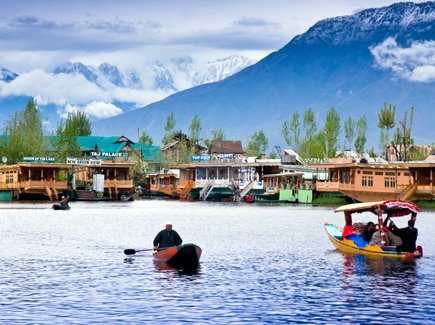
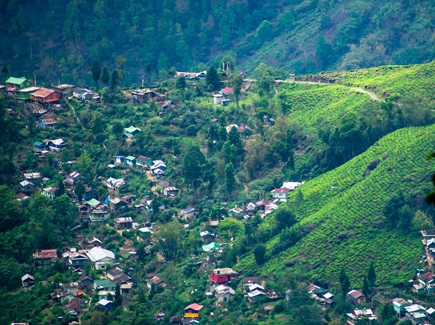

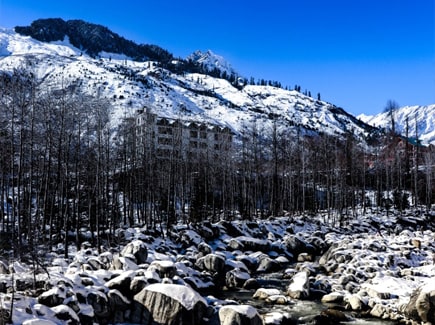
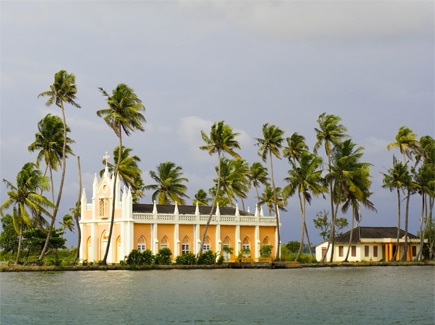

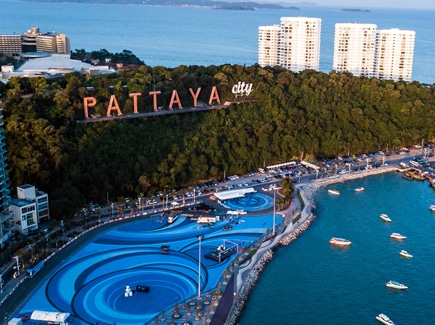

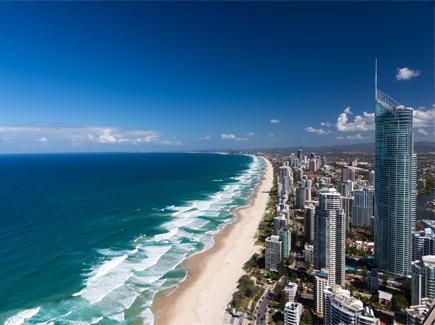









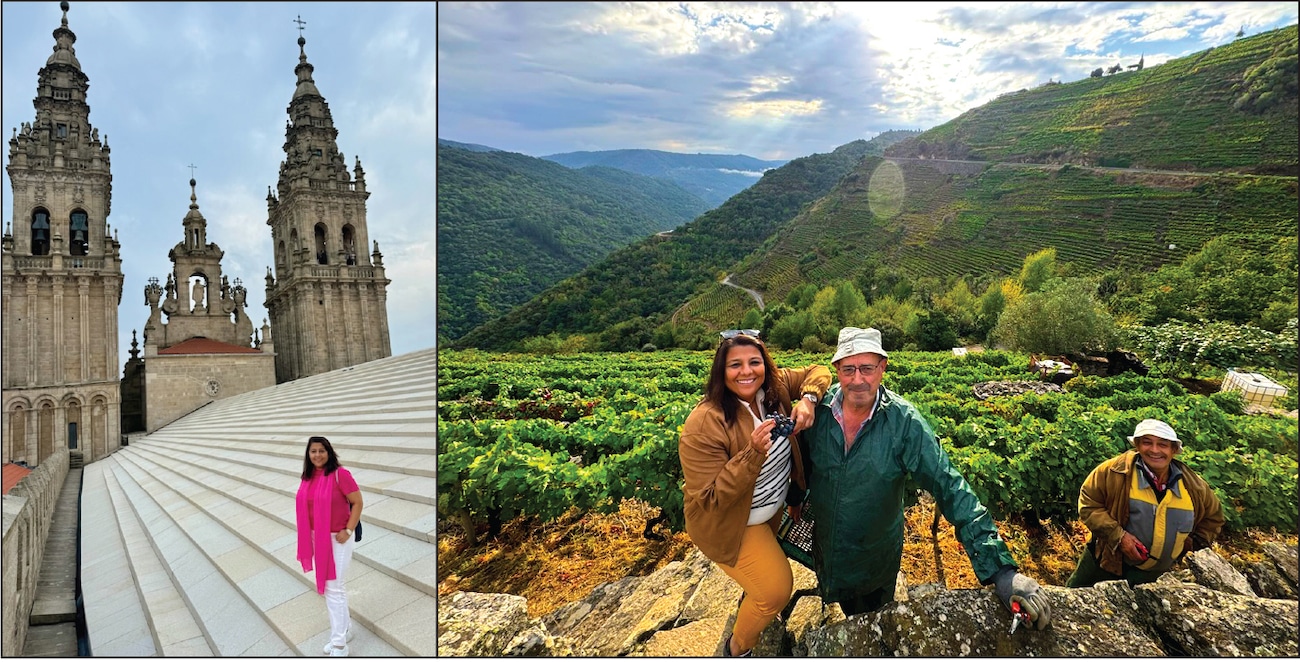





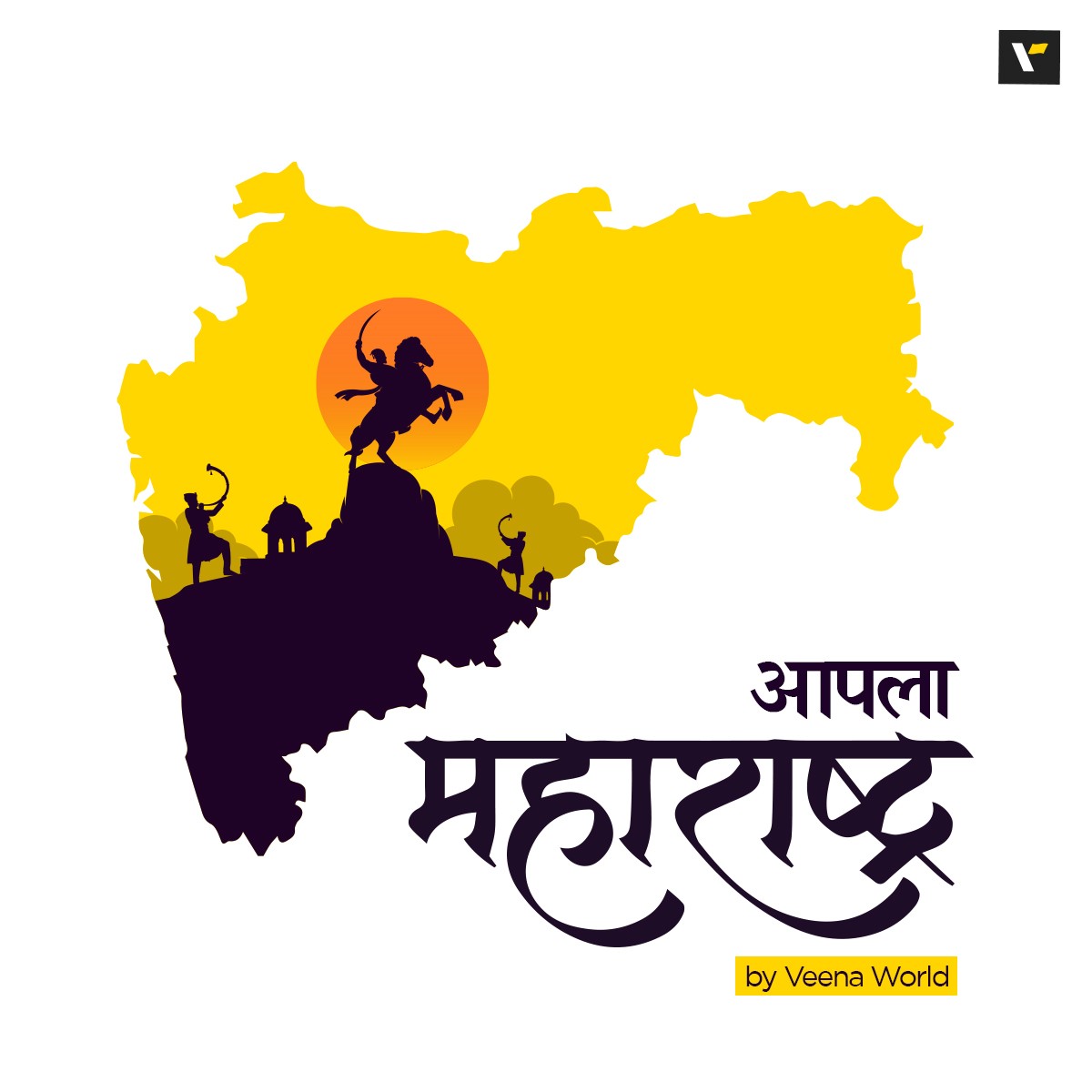





































Post your Comment
Please let us know your thoughts on this story by leaving a comment.